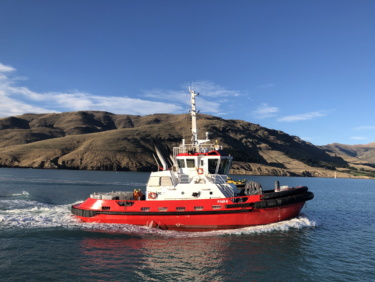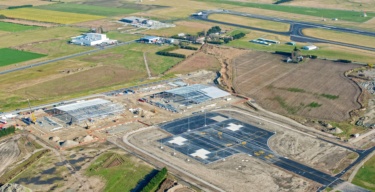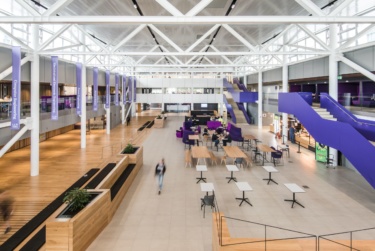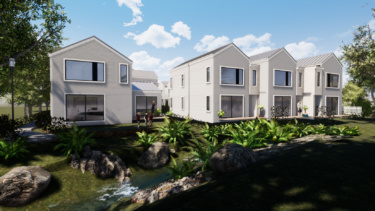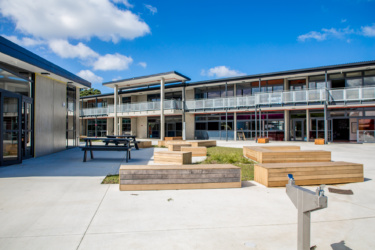Improving health and safety and container terminal efficiency with a modern solution for refrigerated container storage.
A cool change for the better
Lyttelton Port wanted to change the way they manage refrigerated containers. Our involvement started with the business case and we are proud to have subsequently led this project through design and construction. We added real value by engaging effectively with users and stakeholders throughout the project. The new towers are a great asset for LPC and enable safe and efficient management of refrigerated containers.
A new solution for an old problem
Refrigerated containers were historically managed by LPC’s container terminal in typical straddle stacking blocks with a height limitation (2-high) due to the use of ladders for personnel access. This was an inefficient use of space in an already congested terminal and posed significant man vs machine risks.
We managed the design of a reefer tower solution to meet LPC’s immediate needs while also considering future growth and expansion. The design had a strong focus on pre-fabrication to minimise the disruption to container terminal operations during construction and installation. A detailed staging plan issued at tender was key to the project success as this provided clarity for all parties regarding site interfaces and limitations. The work was tendered in two packages but resulted in the appointment of a smaller competent contractor to deliver all works under a single contract. The project was an excellent success and delivered a high-quality product on time and budget.
Points of interest
- The towers enable 4-high container stacking (20’ and 40’), eliminates man vs machine risk, and considers future terminal automation.
- The modular tower structures and electrical system allow for easy replication and expansion as terminal growth requires.
- No drilling, cutting or welding was allowed on-site during construction to preserve the integrity of the galvanised paint system. This required a high level of integration between structural and electrical design.
- The construction methodology required limited working at height. Each module was assembled in a jig at ground level (i.e. horizontal) with all handrails fitted before being lifted onto the tower foundations.











